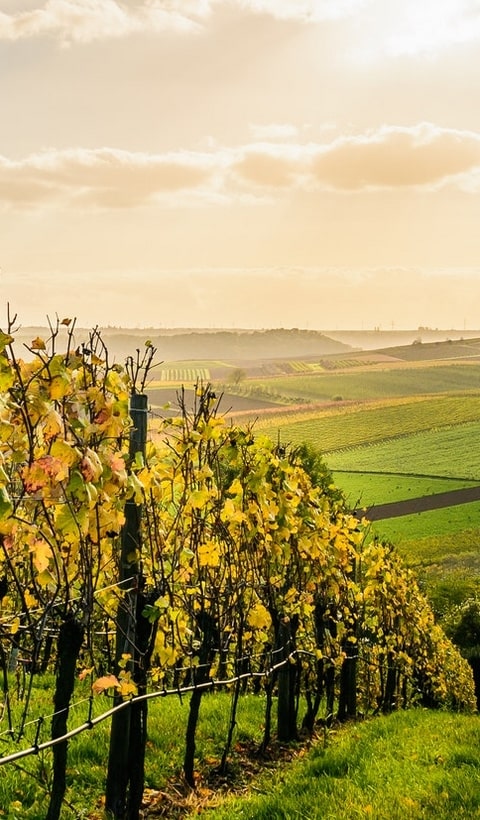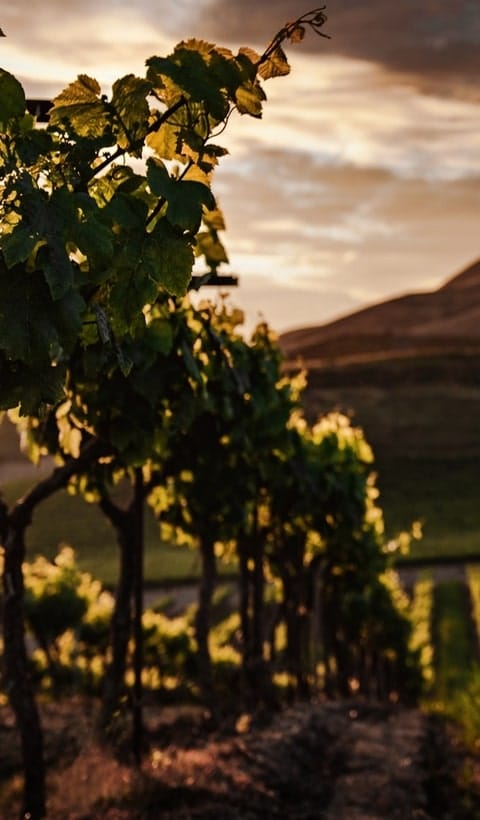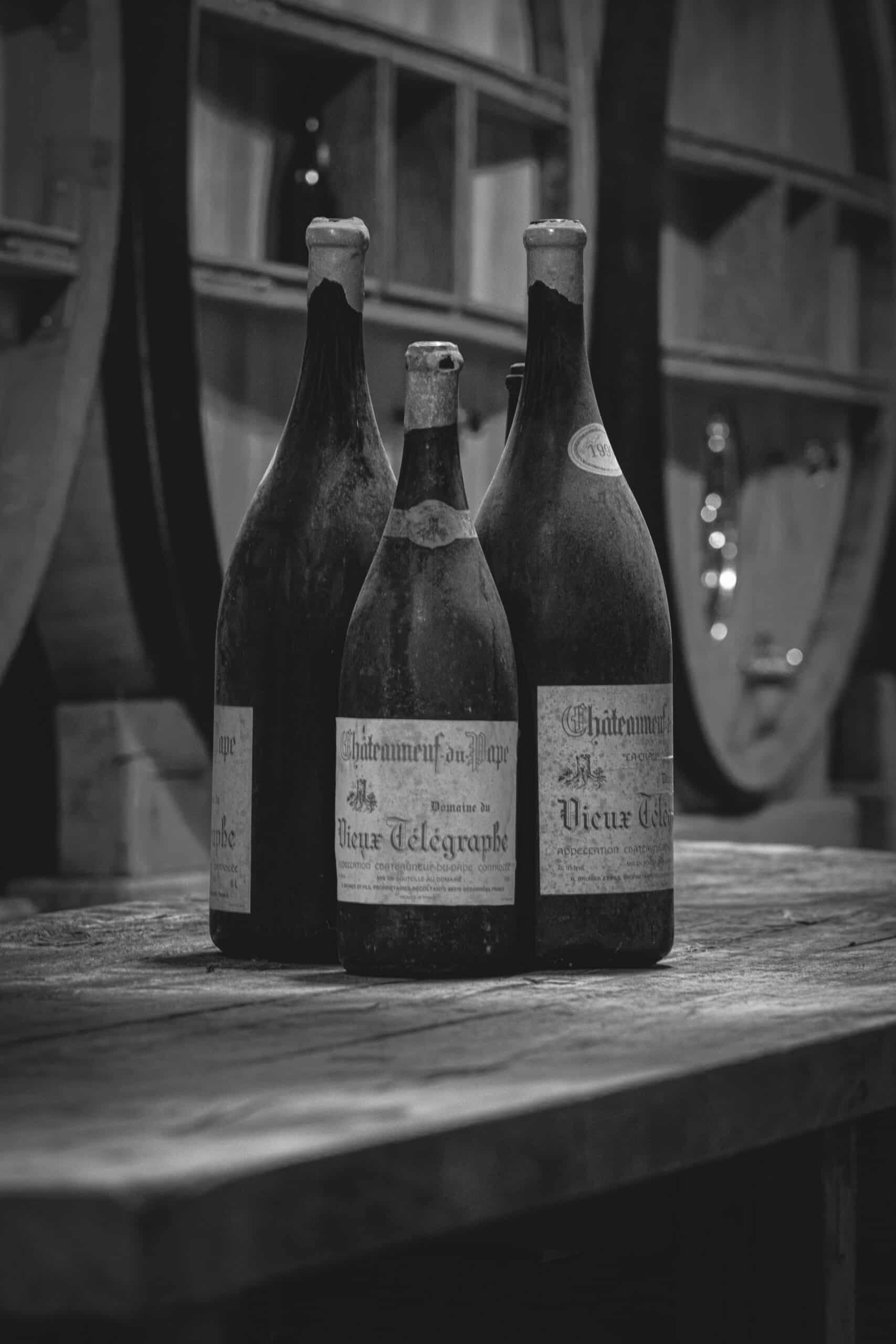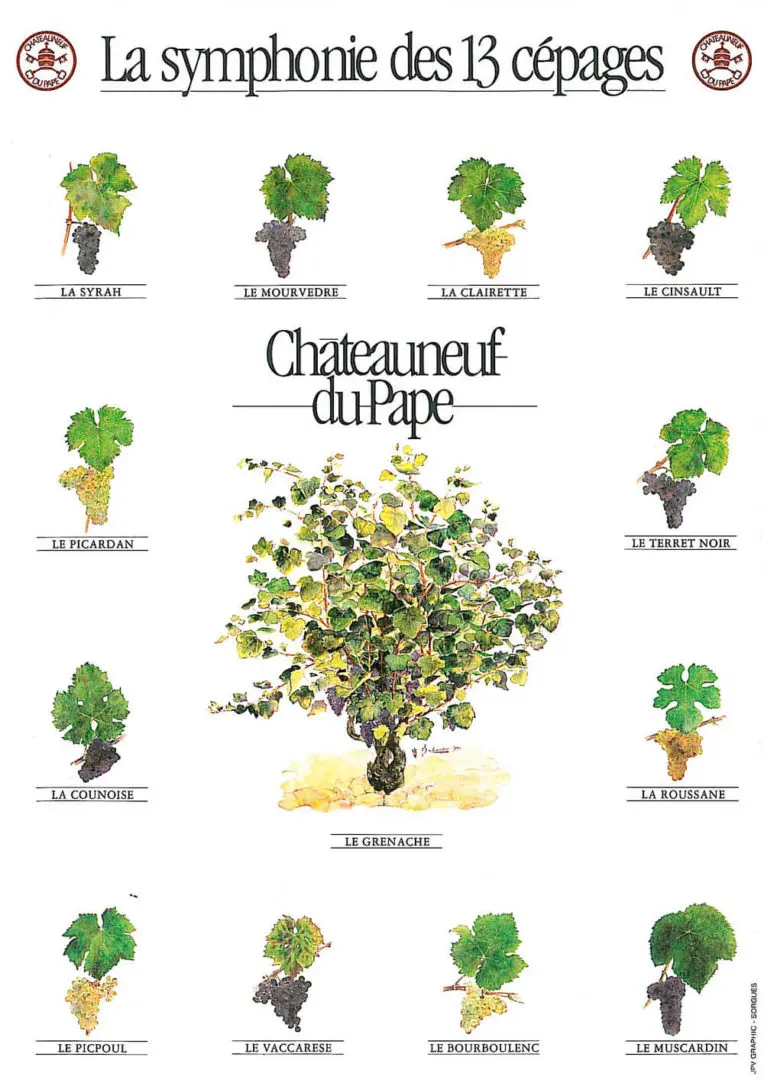the history of AOC Chateauneuf du Pape
In the Beginnings: A Vineyard Steeped in History
Châteauneuf-du-Pape ‘s winegrowing history dates back to antiquity, but the arrival of the popes in Avignon in the 14th century transformed the vineyard. Clement V, installed in Avignon in 1309, quickly recognized the potential of the surrounding land and actively encouraged vine cultivation.
His successor, Jean XXII, played a key role in this development. He
John XXII also promoted the wine produced on these lands. He conferred on it the title of
At this time, winegrowers planted mainly Grenache, a grape variety that offers power and structure to wines. Thanks to the Popes, viticulture became more professional, and growers perfected their methods to improve the quality of their vintages.
This dynamism shapes the identity of Châteauneuf-du-Pape. The château, although partially in ruins today,
Conquering the Appellation: The Châteauneuf-du-Pape Winegrowers’ Commitment
In the late 19th century, Châteauneuf-du-Pape winegrowers began to recognize the need to protect their terroir and the authenticity of their wines. Faced with the fraud and counterfeiting that threatened their production, they decided to take action and became pioneers in wine regulation.
In 1894, well before the introduction of Appellations d’Origine Contrôlée (AOC), these visionary winegrowers established their own production rules. They imposed strict criteria ongrape origin, yields and winemaking methods, guaranteeing irreproachable quality.
In 1923, a group of winegrowers met at Château Fortia to structure this approach. They called on
On May 15, 1936, Châteauneuf-du-Pape officially became France’s first AOC viticole, marking a historic turning point for the entire industry. This decree defines strict rules governing authorized grape varieties, viticultural practices and the production zone, ensuring the protection and recognition of the vineyard.
Today, the appellation covers 3,200 hectares spread between Châteauneuf-du-Pape, Bédarrides, Courthézon, Orange and Sorgues. Thanks to the determination of its winegrowers, Châteauneuf-du-Pape has become a model for all French and international wine appellations, perpetuating a heritage founded on excellence and respect for the terroir.
The Rules of the Appellation: A demanding set of specifications
Since its creation in 1936, theChâteauneuf-du-Pape Appellation d’Origine Contrôlée (AOC) has followed strict specifications, guaranteeing the quality and authenticity of its wines. These rules, among the most rigorous in France, make the appellation a model for the entire wine industry.
1. A Delimited Geographical Area
The appellation covers 3,200 hectares in five communes: Châteauneuf-du-Pape, Bédarrides, Courthézon, Orange and Sorgues. Only grapes grown on these lands can claim AOC status.
2. A Unique Blend and 13 Authorized Grape Varieties
Châteauneuf-du-Pape allows 13 grape varieties, a rarity in the wine world. Grenache dominates the blends, complemented by Syrah, Mourvèdre, Cinsault and other varieties that bring finesse and complexity to red and white wines.
3. Low yields for optimum quality
The specifications impose a maximum yield of 35 hectoliters per hectare, much lower than in other appellations. This limitation allows us to produce more concentrated, expressive wines with great aromatic richness.
4. Growing with respect for the land
Winegrowers must comply with strict viticultural practices:
✔ Irrigation is prohibited (except in exceptional cases) to preserve the expression of the terroir.
✔ Harvesting is carried out exclusively by hand to ensure rigorous grape selection.
✔ Vinification and ageing must take place in the production area to ensure continuity of quality.
5. A Thousand and One Recognizable Bottle
Since 1937, bottles of Châteauneuf-du-Pape have carried an engraved inscription: “Châteauneuf-du-Pape Contrôlé”, often accompanied by the papal coat of arms. This distinctive sign reinforces the authenticity and protection of the appellation’s wines.
Thanks to these strict rules, Châteauneuf-du-Pape remains one of the world’s most respected and coveted appellations, guaranteeing wines ofexcellence and authenticity year after year.



